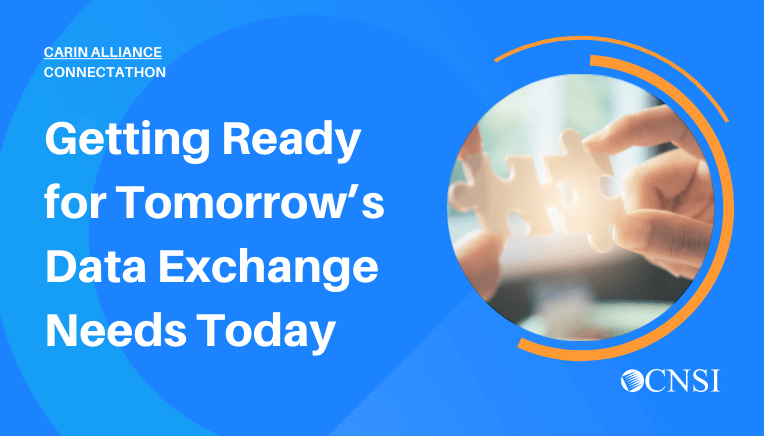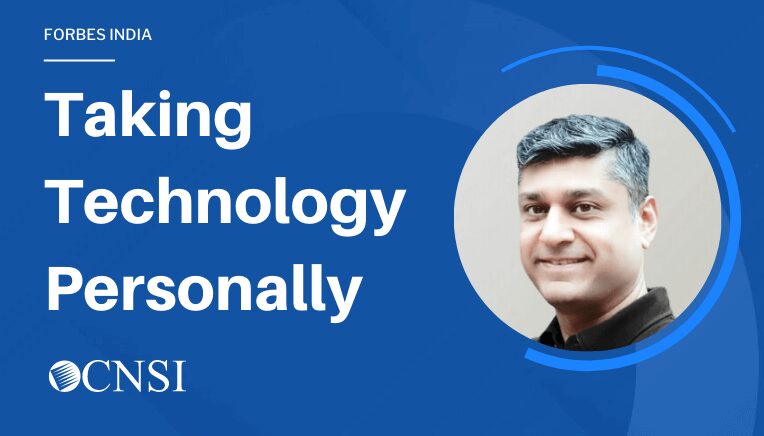
The Health Tech Productivity Paradox
April 8, 2015
Categories: Thought Leadership
 At CNSI, we are incredibly proud of the products and solutions we create to solve some of the nation’s most difficult health technology issues. Which is why, when we read a column in a recent New York Times titled “Why Health Care Tech Is Still So Bad,” we became a little emotional.
At CNSI, we are incredibly proud of the products and solutions we create to solve some of the nation’s most difficult health technology issues. Which is why, when we read a column in a recent New York Times titled “Why Health Care Tech Is Still So Bad,” we became a little emotional.
However, upon reflection – not to mention days of thinking about it – we’re ready to discuss. And, unsurprisingly, there were great points in the piece that stakeholders throughout the health care industry need to consider. What struck us most was something called the “productivity paradox.”
In the 90’s, an M.I.T. professor coined the term to describe the lag between the adoption of technology and the realization of productivity gains. As the Times columnist succinctly explains, “Unleashing the power of computerization depends on two keys, like a safe-deposit box: the technology itself, but also changes in the work force and culture.”
As we develop state-of-the-art solutions designed to improve the implementation of patient care, we need to remember that we are only half of the equation. Health care providers, state administrators, insurance carriers and patients are all end users of the technology. Their input is vital to constructing effective solutions – solutions that can be easily adapted, so the aforementioned “changes in the work force and culture” can occur as seamlessly as possible, otherwise we will be slow to realize the productivity gains enabled by the technology.
At CNSI, we have a strong track record of designing products that are efficient and economical to use, but it is never the wrong time to be reminded of just how important putting ourselves in the end users’ shoes is. We strive to constantly improve, and this lesson will be great reminder to all employees here at CNSI – and we hope at tech firms across the country – that we can always do better, collaborate more and be more empathetic.
Do you think the Times columnist makes a good point? How do you feel companies can better understand the needs and abilities of their end users? Join the conversation by following CNSI on Twitter.







